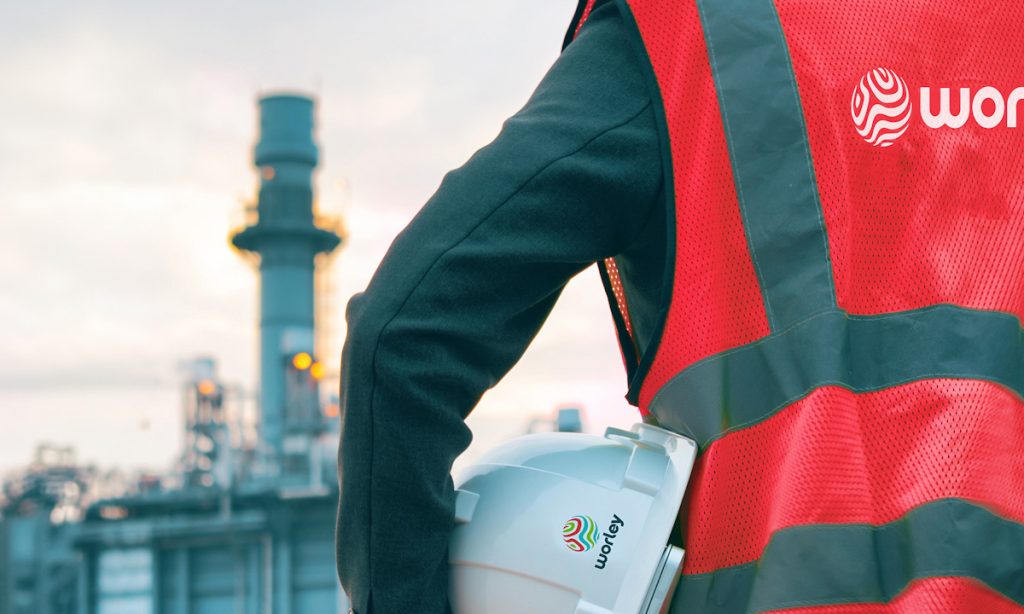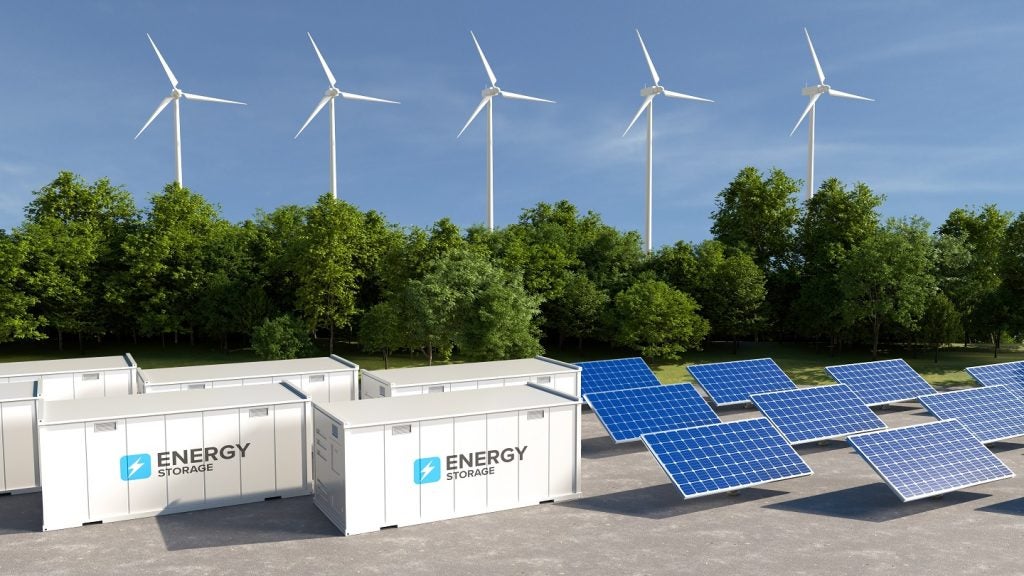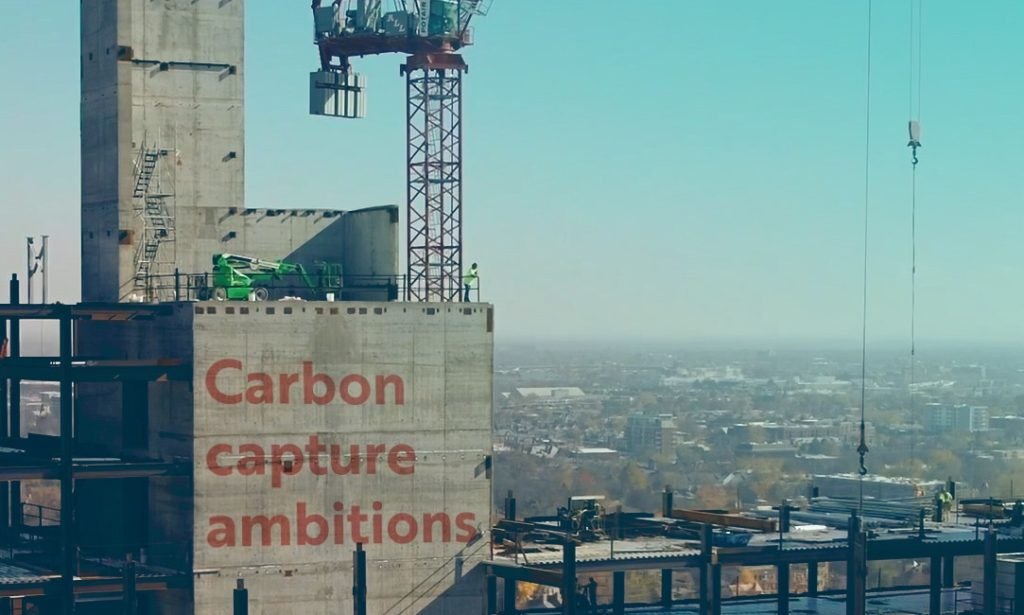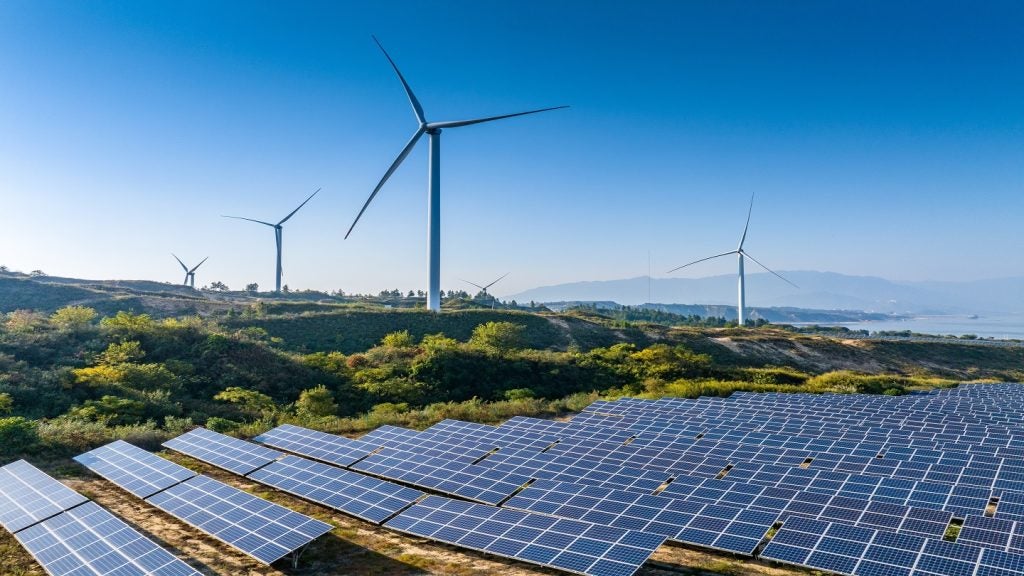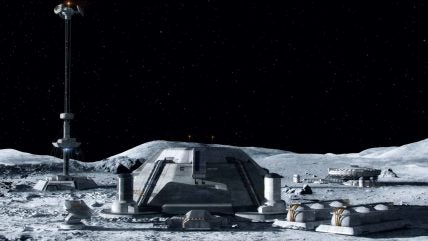
Russian space agency Roscosmos and its Chinese counterpart the China National Space Administration (CNSA) are jointly exploring the deployment of a nuclear reactor on the surface of the Moon by 2035, Russian state-owned news agency TASS has reported.
The joint project aims to automate the mission with technology that is nearing readiness.
Addressing the World Youth Festival in Sirius, Russia, Roscosmos CEO Yury Borisov announced: “Today, we are seriously considering a project to deliver to the Moon and mount a power reactor there jointly with our Chinese partners somewhere between 2033 and 2035.”
Borisov also noted that such a mission needs to be automated, with the necessary technological solutions almost ready.
Russia is also planning to build a nuclear-powered cargo spaceship. All technical questions related to the project, such as cooling the nuclear reactor, are being addressed, Reuters noted.
Such a project could allow for the development of future settlements on the moon.
How well do you really know your competitors?
Access the most comprehensive Company Profiles on the market, powered by GlobalData. Save hours of research. Gain competitive edge.

Thank you!
Your download email will arrive shortly
Not ready to buy yet? Download a free sample
We are confident about the unique quality of our Company Profiles. However, we want you to make the most beneficial decision for your business, so we offer a free sample that you can download by submitting the below form
By GlobalDataIn March 2021, Roscosmos and CNSA solidified their partnership by signing a memorandum of understanding to cooperate on the International Lunar Research Station (ILRS).
The agreement outlines a series of missions, with China contributing three: Chang’e 6, Chang’e 7 and Chang’e 8.
The missions will test technologies essential for establishing a robotic lunar base capable of remote operation, with the first mission scheduled for 2026 and project completion expected by 2028.
Forbes notes that the ILRS project will develop lunar landers, a jumping robot and intelligent mini-rovers to conduct lunar surface research.
The project will focus on establishing communication and power systems. China’s timeline includes launching the Chang’e 6 mission in May 2024, to be followed by Chang’e 7 and Chang’e 8.
Despite Russia’s setback in 2023 with the failed Luna-25 mission, the first in 47 years, the collaboration with China continues to progress.
In February 2024, Russian President Vladimir Putin refuted US claims that Russia intended to deploy nuclear weapons in space, dismissing them as a tactic to force the country into arms negotiations on Western terms.



